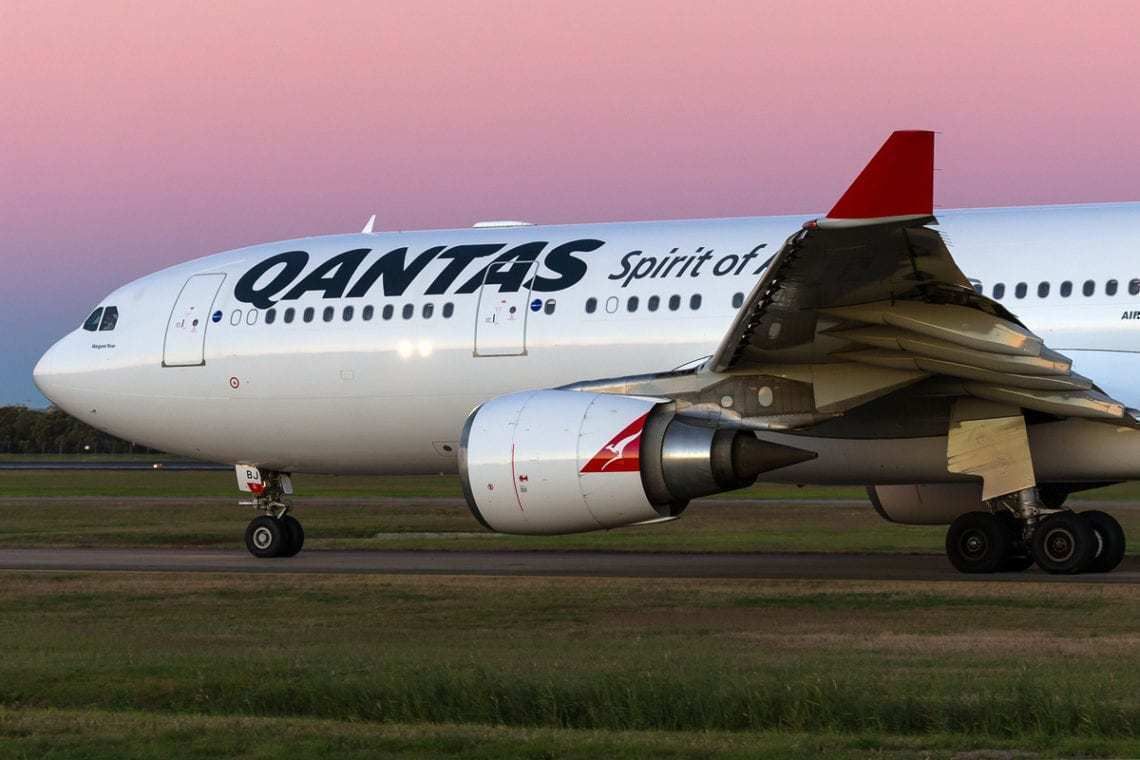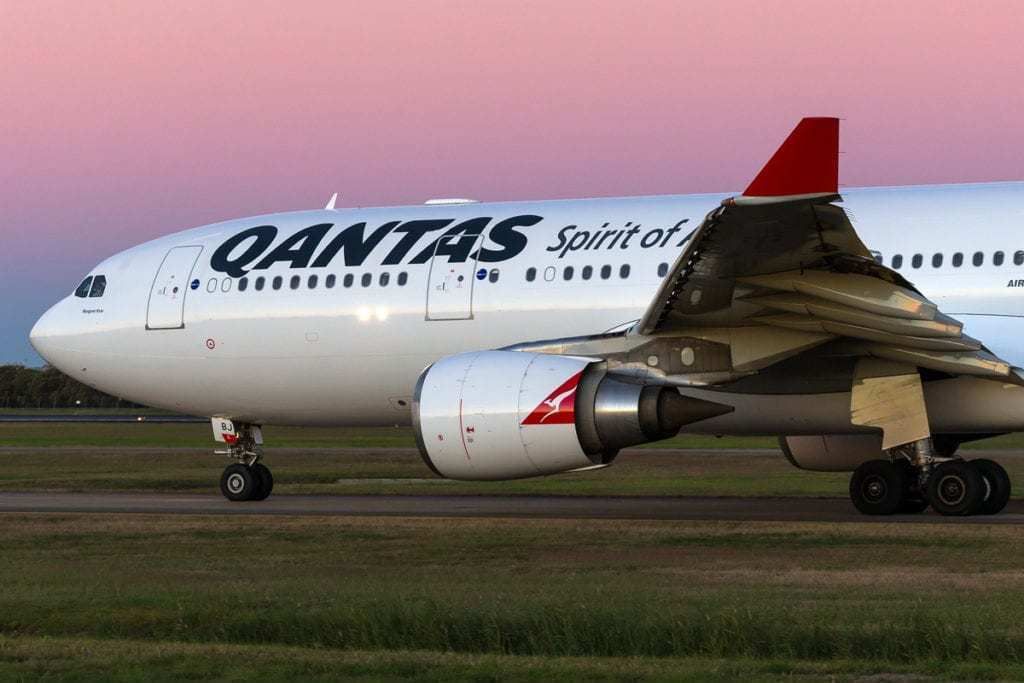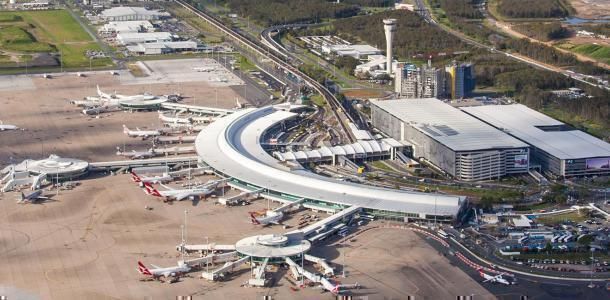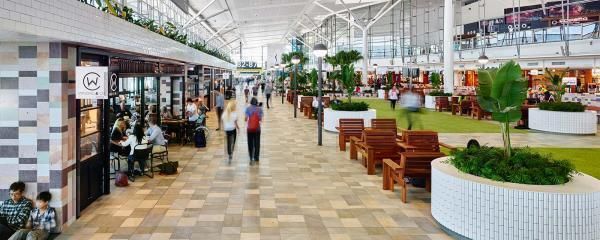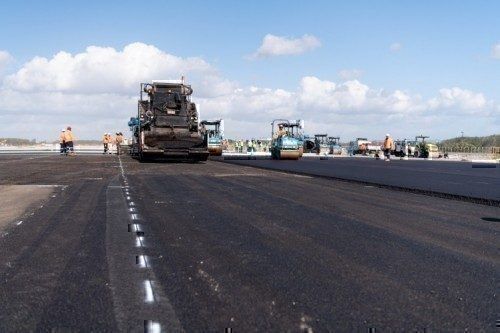Brisbane may not be the first airport you think of when flying in or out of Australia, but it is fast making a name for itself as a top airport to travel through. And the statistics back this up. Flights are increasing at a rate of knots and passenger numbers are booming. Ten years ago, 17.5 million people used Brisbane Airport annually. This year, 24 million people will use the airport. By 2034/35, that figure is expected to be around 45 million.
There are a few reasons why Brisbane Airport is growing and becoming a top airport. The airport is adroitly avoiding many of the problems facing Sydney and Melbourne airports. Brisbane Airport has long invested time and money in infrastructure developments and forward planning. The airport actively markets itself to potential customers. Finally, the airport’s location gives it room for physical expansion.
Brisbane is a good alternative to Sydney and Melbourne Airports
Sydney and Melbourne are the two busiest airports in Australia. Regular users of these two airports will be familiar with the capacity and infrastructure issues that they face. Additionally, regular weather events can cause runway shutdowns, mass cancellations, and long delays at both airports. Last weekend was an example of this.
Brisbane avoids most of these issues. It has the infrastructure in place (as well as more infrastructure coming online) to handle present capacity and growth. The terminals are well planned and reasonably pleasant to move through. While Brisbane can suffer from extreme weather events, they impact the airport far less than is the case in Sydney and Melbourne.
Brisbane Airport has not been an overnight success
The success of Brisbane Airport can be traced back 30 years. In 1988, the city hosted the World Expo. It led to the development of a large domestic terminal which, today, is still more than capable of handling the traffic moving through it.
According to Brisbane Airport, the domestic terminal is now used by over 17 million people annually, handling nearly 3000 weekly movements, and offering domestic flights to 51 destinations.
In 1995, the current international terminal opened. Arguably, from a passenger’s perspective, it is the most user-friendly international terminal in Australia. Since the terminal opened, the airport has kept on improving. In 2015, Brisbane Airport spent AUD$45 million upgrading the passenger experience, and in 2018, it finished an AUD$135 million project to develop the northern expansion of the terminal.
Airlines have also put their faith in the terminal. Both Qantas and Air New Zealand redeveloped their lounges and both now have excellent facilities at Brisbane International. Qantas base many of their 787-9s there and are starting direct flights to Chicago and San Francisco.
Benefitting both terminals, money has been continually spent on things passengers don’t necessarily see - improved baggage handling systems, runway overlays and lighting upgrades, and taxiway upgrades.
Current activity at Brisbane Airport
According to the Centre for Aviation, in the three years to July 2019, weekly one-way international seat capacity out of Brisbane has grown from 24,000 to 34,000 seats. International flight frequency has grown from 87 to 137 flights a week.
Asian carriers are helping to drive this growth. In July 2016, six Asian carriers flew into Brisbane. In July 2019, 14 Asian carriers jetted in.
The new carriers include Air China, Hainan Airlines, Malaysian Airlines, Malindo Air, Philippine Airlines, Royal Brunei and AirAsia X. In 2019 alone, Brisbane has seen Royal Brunei and AirAsiaX start flying in. In October, Eva Air will be bringing its 787-10s into Brisbane.
For domestic passengers, Brisbane Airport in 2019 has more direct services to Australian destinations than any other airport in the country. It’s a handy marketing boast. A key reason for this is the decentralised nature of Queensland and a large number of intrastate destinations.
A new runway in 2020
While this writer usually finds his departures from Brisbane smooth and on-time, the airport says it is nearing capacity. But it is building a new runway to help with this. And the airport is not just talking about it either - the runway is due to open in 2020.
The AUD$1.3 billion project will feature a 3.3km runway that is 60 metres wide. There are 12km of associated taxiways being built.
It is anticipated the runway will bring more than AUD$5 billion of benefits to Queensland and open up capacity at the airport, enabling new flights and more passengers.
While both Melbourne and Sydney have nice masterplans, Brisbane Airport is walking the talk and that’s one reason why Australia’s third airport is rapidly becoming a top airport.

